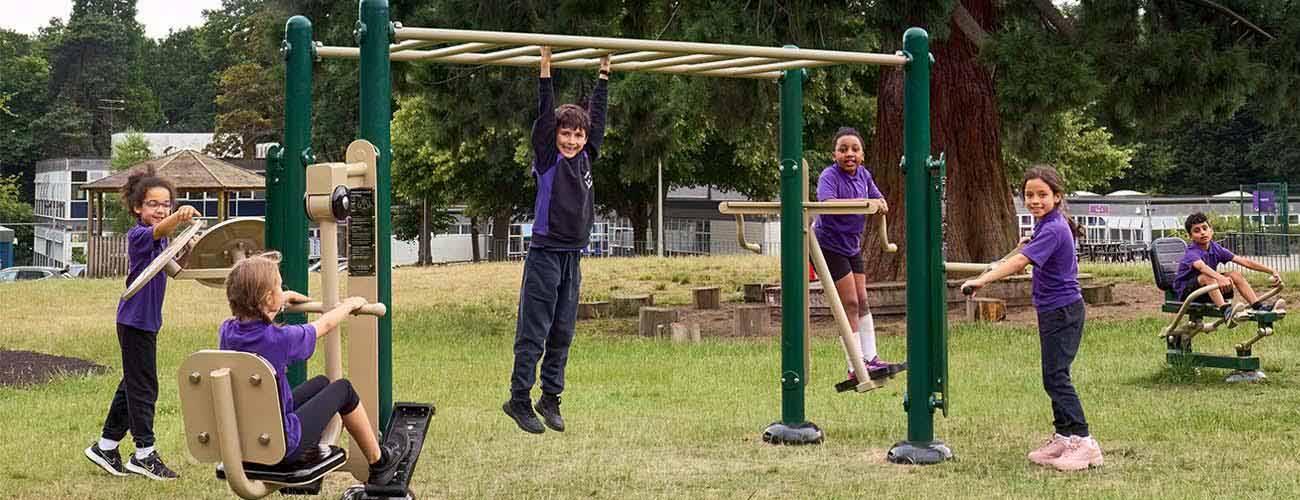
According to the largest piece of research of its kind, published near the start of this year, almost one in four children aged 10 and 11 in England is obese. And NHS England’s national clinical director for children and young people has described the situation to journalists as “a ticking timebomb”.
30th April 2024
The impact on health and well-being of having so much of the population so overweight at such an early age is likely to be profound, and there is set to be a significant cost to society more widely. Overall, for example, lockdown-induced childhood obesity alone could end up costing the UK more than £8bn.
What’s more, at the end of last year, the Guardian reported that children could be at risk of a range of serious health problems from heart disease to diabetes and other conditions because ministers had put anti-obesity policies on the back burner until 2025. (These included measures to curb advertising on junk food).
City, University of London, has also said that ultra-processed foods and fatty, sugary and salty items were now standard in childhood diets, and that poorer families were without the resources to tackle this, or to adopt healthier habits, including, for example, buying more fruit and vegetables.
Consultant paediatrician Julian Hamilton-Shield told the BBC that his weight management clinic at the Bristol Royal Hospital for Children was now seeing many more young patients with conditions related to obesity, plus a greater number of severe complications. And he’s just one health professional specialising in this area.
But it’s not a problem confined to the UK. The World Health Organization (WHO) says that, in 2022, some 160m youngsters aged five to 19 worldwide were living with obesity.
Certainly there are no magic solutions, but the old formula of moving more and eating less and better will always help. And it’s worth bearing in mind the UK government’s guidelines on children and young people and physical activity. These state that:
At the same time, this age group should:
Examples of moderate activity could include walking to school or with the dog, swimming, skipping or dancing or skateboarding. Sports like tennis and football also fall within this category.
Muscle and bone-strengthening activities could include gym and football, jumping, sit-ups and press-ups plus resistance exercises.
Outdoor gyms yield a number of benefits for children and young people specifically, including enhanced fitness levels and better muscular and cardiovascular strength. All children can reap rewards from them, regardless of ability or level of fitness. Balance, agility and coordination also all improve, as do motor skills.
So these facilities can be key in the battle against childhood obesity.
Fresh Air Fitness is an award-winning supplier of high-quality outdoor gym equipment for schools across the UK. We have more than a decade’s experience of fitting outdoor gyms in primary, secondary and special educational needs schools, as well as colleges. Our Children’s Fitness Rig (pictured above) is ideal for multiple children to use at once and offers the a range of physically demanding activities. We can also provide advice on funding, plus our service covers every stage of the project, from initial site inspection through to post-installation care. What’s more, our machines come with a 25-year warranty and require very low maintenance.
Get in touch today to see how we could help transform your school playground or field, providing an exciting and fun outdoor fitness area to support your childrens health.
Back to all blog posts